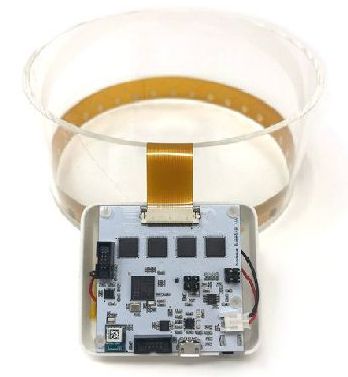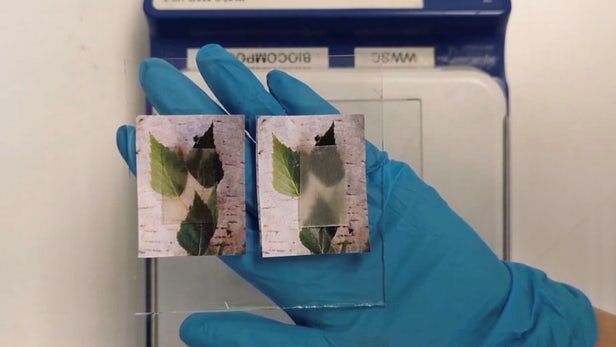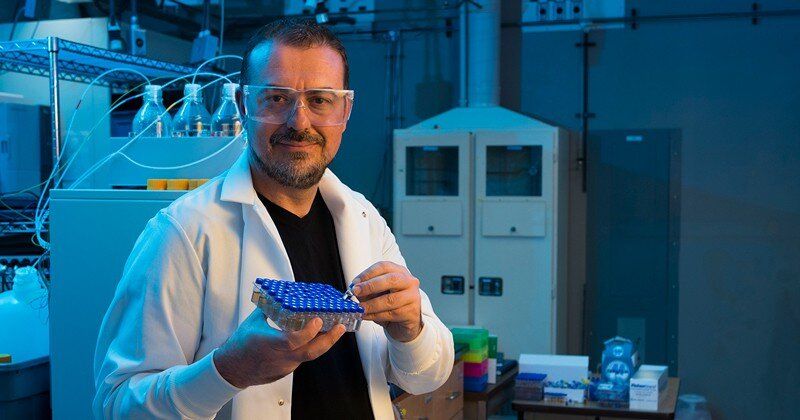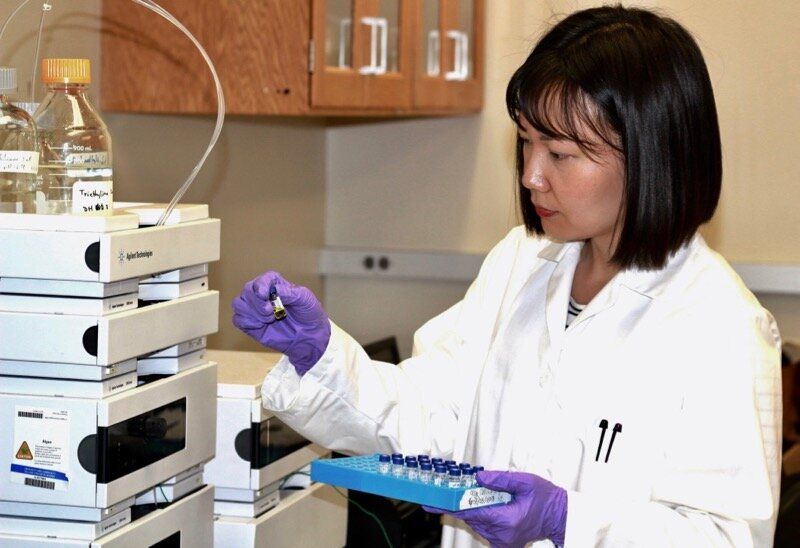Page 9289
Apr 9, 2019
Susanne Tarkowski Tempelhof Photo 2
Posted by Mark Larkento in categories: bitcoin, governance, robotics/AI
Bitnation is growing up.
🔥 🔥 🔥 NEW RELEASE: #BITNATION JURISDICTION v. 1.4.0 for Android and iOS 🤩 🥳 🥰
The 1.4.0 release has been a crazy road! After the 1.3.4 release, we thought “this app somehow does not say: ”I’m a virtual nation” or ”I’m a blockchain jurisdiction”, but rather we thought it looked more like a confused web3 app which didn’t really know its purpose.
Apr 9, 2019
Tomography Through An Infinite Grid Of Resistors
Posted by Quinn Sena in categories: biotech/medical, innovation
One of the vast untapped potentials of medicine is the access to imaging equipment. A billion people have difficulty getting access to an x-ray, and that says nothing about access to MRIs or CAT scans. Over the past few years, [Jean Rintoul] has been working on a low-cost way to image the inside of a human body using nothing more than a few electrodes. It can be done cheaply and easily, and it’s one of the most innovative ways of bringing medical imaging to the masses. Now, this is a crowdfunding project, aiming to provide safe, accessible medical imaging to everyone.
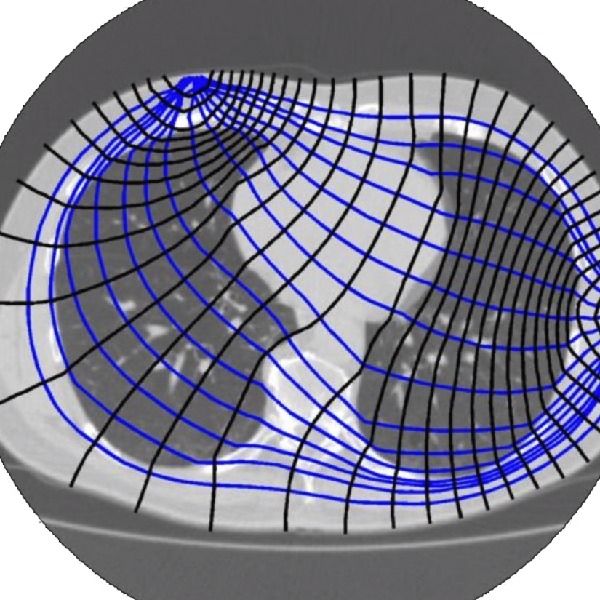
It’s called Spectra, and uses electrical impedance tomography to image the inside of a chest cavity, the dielectric spectrum of a bone, or the interior of a strawberry. Spectra does this by wrapping an electrode around a part of the body and sending out small AC currents. These small currents are reconstructed using tomographic techniques, imaging a cross-section of a body.
[Jean] gave a talk about Spectra at last year’s Hackaday Superconference, and if you want to look at the forefront of affordable medical technology, you needn’t look any further. Simply by sending an AC wave of around 10kHz through a body, software can reconstruct the internals. Everything from lung volume to muscle and fat mass to cancers can be detected with this equipment. You still need a tech or MD to interpret the data, but this is a great way to bring medical imaging technology to the people who need it.
Continue reading “Tomography Through An Infinite Grid Of Resistors” »
Apr 9, 2019
Transparent wood now also stores and releases heat
Posted by Quinn Sena in categories: solar power, sustainability
Three years ago, we heard how scientists from Sweden’s KTH Royal Institute of Technology had created transparent wood – it could serve as a cheaper alternative to the silica-based glass currently used in windows and solar cells. Now, the material is additionally able to store heat and later release it.
Apr 9, 2019
Could dynamos be installed in electric cars to provide a perpetual source of power?
Posted by Quinn Sena in categories: energy, physics, transportation
We already recover power from the wheels of some cars when slowing. Kinetic energy recovery systems (KERS) have been used in Formula One racing to store energy in a flywheel when braking, and then push it back to the wheels later for a boost in speed. Electric cars often use regenerative braking, which converts the speed of the wheels into electrical power to recharge the battery. These systems are a great way to increase efficiency, but like everything in the Universe, they are not 100 per cent efficient. Sadly, the laws of physics prohibit the existence of true perpetual motion, so it’s the best we can do.
Apr 9, 2019
MIT Prof: It’s More Likely We’re Living in a Simulation Than Not
Posted by Quinn Sena in category: futurism
In a new interview, MIT researcher Rizwan Virk told Digital Trends that, in his estimation, we’re probably living in a simulation.
“I would say it’s somewhere between 50 and 100 percent,” he told the site. “I think it’s more likely that we’re in simulation than not.”
Apr 9, 2019
Researchers provide new method to boost clean energy research
Posted by Quinn Sena in categories: energy, engineering
Electrochemical energy systems—processes by which electrical energy is converted to chemical energy—are at the heart of establishing more efficient generation and storage of intermittent energy from renewable sources in fuel cells and batteries.
The powerhouse substances known as catalysts, which are used to accelerate chemical reactions, are key players in these systems. The size and efficiency of fuel cells, for example, could greatly benefit from using high-performance catalysts.
Producing better catalysts is easier said than done, however. A catalyst’s usefulness is partially based on the amount and quality of its active sites, due to the sites’ specific geometry and electronic properties. Engineering these sites can be an arduous, inefficient process.
Continue reading “Researchers provide new method to boost clean energy research” »
Apr 9, 2019
Researchers remove harmful hormones from Las Vegas wastewater using green algae
Posted by Quinn Sena in categories: biotech/medical, health
A common species of freshwater green algae is capable of removing certain endocrine disrupting chemicals (EDCs) from wastewater, according to new research from the Desert Research Institute (DRI) in Las Vegas.
EDCs are natural hormones and can also be found in many plastics and pharmaceuticals. They are known to be harmful to wildlife, and to humans in large concentrations, resulting in negative health effects such as lowered fertility and increased incidence of certain cancers. They have been found in trace amounts (parts per trillion to parts per billion) in treated wastewater, and also have been detected in water samples collected from Lake Mead.
In a new study published in the journal Environmental Pollution, DRI researchers Xuelian Bai, Ph.D., and Kumud Acharya, Ph.D., explore the potential for use of a species of freshwater green algae called Nannochloris to remove EDCs from treated wastewater.
Continue reading “Researchers remove harmful hormones from Las Vegas wastewater using green algae” »
Apr 9, 2019
“Great” Minds Think Universe Is a Computer Program
Posted by Quinn Sena in categories: computing, Elon Musk

Circa 2017
The Matrix, the first episode, was a fun movie. But as a description for reality? Please.
Continue reading “‘Great’ Minds Think Universe Is a Computer Program” »
Apr 9, 2019
Can the legacy of trauma be passed down the generations?
Posted by Quinn Sena in category: futurism
Our children and grandchildren are shaped by the genes they inherit from us, but new research is revealing that experiences of hardship or violence can leave their mark too.


